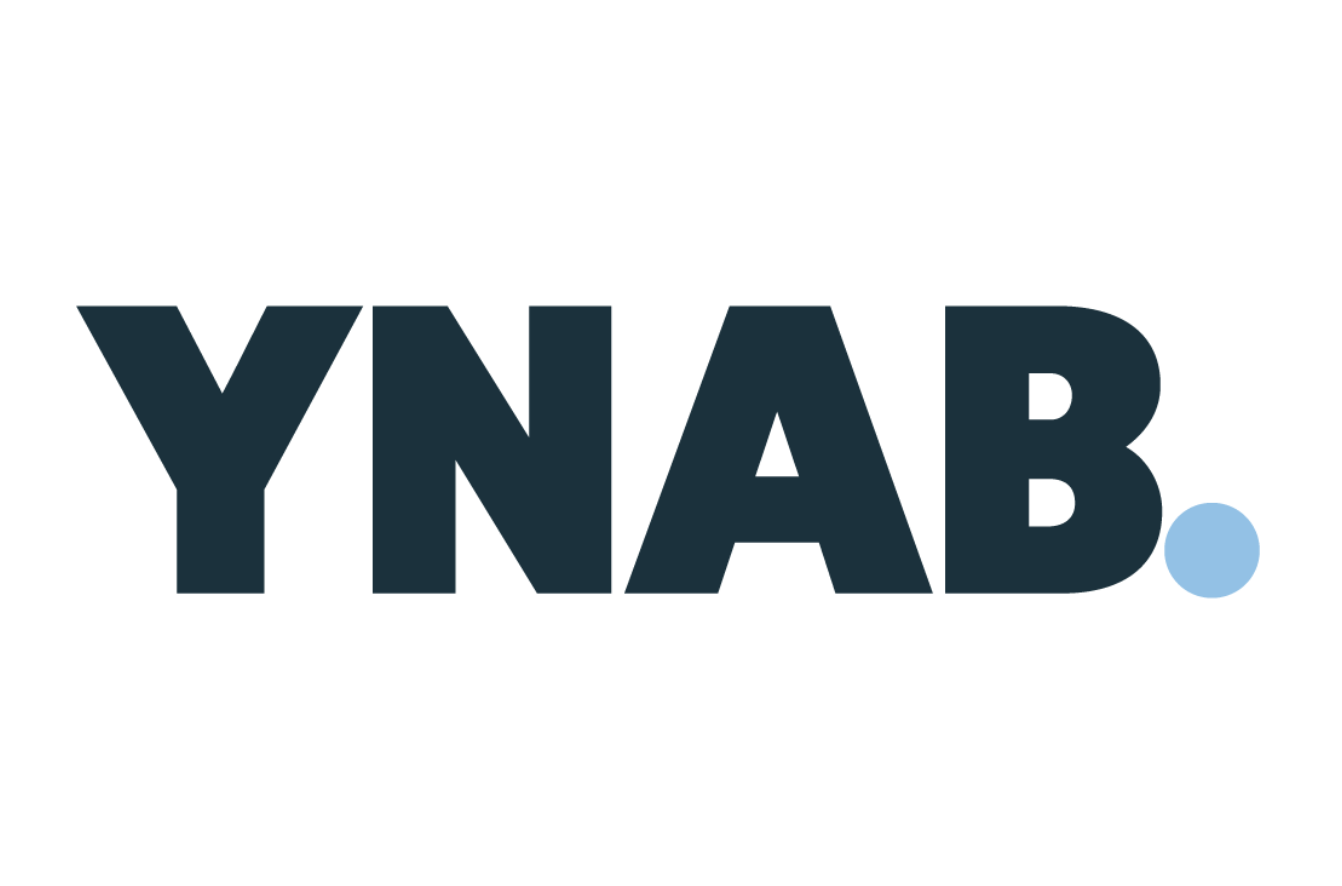
What is the 50/30/20 budget rule?
marekuliasz / Shutterstock
Budgets can be tough to balance, but a “50/30/20” budget makes it easy even for beginners. Get the inside scoop on how to use this budget technique.
Every budget begins with reviewing your transactions and tallying up what you daily spending on essentials like housing and transportation. Once you have these amounts totalled for the month, you can compare them against your income to determine whether you have a budget surplus or deficit and allocate the leftover money to savings and debt repayment. But how do you know if you’re spending too much (or too little) on everyday essentials? How do you know if you’re putting enough money away for savings or debt? There are plenty of basic budgeting guidelines available, but one of the most intuitive and easy to follow is the 50/30/20 budget rule.
This easy-to-use budgeting rule was coined by Elizabeth Warren, a U.S. Senator from Massachusetts and a 2020 Presidential Candidate. The term first appeared in the book that Warren co-authored with her daughter Amelia Warren Tyagi, All Your Worth: The Ultimate Money Plan. The 50/30/20 budget sets out easy-to-follow guidelines to balance your budget between spending and saving. Here’s how it works.
What is the 50/30/20 rule?
The 50/30/20 rule is a simple way to organize your spending. To follow this rule, you need to spend 50% of your net income on needs, 30% on wants, and 20% on savings. You should allocate these percentages in after-tax dollars, which means you’ll need to calculate your after-tax income.
Your after-tax income is the amount of money you take home after taxes, Canada Pension Plan, and Employment Insurance are deducted. If your employer deducts money for retirement contributions, include that in the savings section of your budget.
Needs: 50%
Any expense you require to survive is considered a need and shouldn’t total more than 50% of your after-tax income. Most needs are expenses related to food, shelter, and transportation to and from your job. Needs are different from wants in that you can’t cut them out of your budget without major inconvenience.
For example, cable TV is a want because you could cut it out of your budget, and it would not severely affect your quality of life. On the other hand, your electricity bill is a necessity because you can’t simply cut this item out of your budget without severely impacting your day-to-day life.
A commonly forgotten need is debt. While you don’t need debt in your life (in fact, it should be a priority to live debt-free), it’s still a need because you have to make your minimum debt payments every month. If you don’t, your credit score will be negatively impacted, and you could end up with creditors hounding you.
Note that we said “minimum” debt payments. If your credit card’s minimum payment is $100 per month, but you make a point of sending $500 per month towards that debt in hopes of paying off your credit card debt fast, then only count the minimum payment as a need since you need to make that payment. The rest can be counted in the savings and debt category.
Here are some additional examples of needs:
- Groceries
- Mortgage and rent
- Insurance
- Utilities
- Car payment
- Gasoline
Wants: 30%
After your needs are categorized, the next section of your spending falls under the “wants” category. 30% may seem like a generous allocation for everything you want in life, but once you add up your spending, you’ll realize that you spend more on your wants than you think.
Take a moment to consider all of the items and services you spend money on every month that you don’t need — items like your morning Starbucks coffee and services like your Netflix subscription. Even your unlimited text messaging plan is a want and should be categorized accordingly.
Even items like expensive haircuts and decent clothing should be considered wants, because they go above and beyond the minimum you need to survive.
- Shopping
- Entertainment
- Restaurants
- Hobbies
- Travel
Savings and debt: 20%
The final category is savings and debt. This category should include any debt payments beyond the minimum payment, emergency fund contributions, and long-term retirement savings contributions. Some examples of expenses that belong in the savings and debt category include:
- RRSP contributions
- TFSA contributions
- RESP contributions
- Emergency fund savings
- Extra debt repayment (or “pre-payments”)
Who is the 50/30/20 rule for?
The 50/30/20 is ideal for Canadians earning an average wage. If you live on a reduced income – for example, a family member is not working due to parental leave or critical illness – your budget might not fit these categories. That may be because your wants and needs will take up more of your net income. If your earnings reduction is temporary, don’t stress about not saving much initially, but make a plan to catch up once your income stabilizes.
If you are a high earner, this budget system may not work for you either, since your net income will be higher and you’ll have more money to put towards savings than the average earner.
An example of the 50/30/20 budget in action
It’s easy to outline each category, but let’s take a look at an example of a balanced 50/30/20 budget. Let’s say your take-home pay is $3,300 every month. Based on the 50/30/20 rule, you should allocate the following amounts to the major three categories.
- Needs: $1,650
- Wants: $990
- Savings and Debt: $660
Here’s an example of how this balanced budget would look:
What if your budget doesn’t fit the 50/30/20 rule?
If you’ve prepared your budget according to the 50/30/20 rule and found that your spending doesn’t conform to the suggested percentages, don’t panic. There may be reasons your spending doesn’t match the categories we’ve outlined above, or you may need to make some budget tweaks.
The good news is that there are budgeting apps available to help you budget and manage your money so that you don’t have to feel stuck. We’ll look at PocketSmith and YNAB to help you figure out which is the best tool to help you budget your money, depending on your unique situation.
Note: Due to changes in bank feeds in Canada, users have reported that their automatic connections are unreliable and will frequently disconnect. This isn’t an issue with any particular app but due to a security measure Canadian banks have put in place over the past few years.
PocketSmith
PocketSmith is a money management tool with a mobile app and a cloud-based desktop interface. It connects with over 12,000 financial institutions worldwide so you can keep track of your finances to help you budget for your various financial goals. PocketSmith offers a Budget Calendar as its core feature, allowing you to see your spending on any day. You can even forecast your future based on current trends.
The tool allows you to view a summary of all of your accounts and your spending history in one place. Create multiple budgets for the different financial goals in your life (paying off that debt, saving up for that vacation, and so on). You can also track your net worth to see how your daily decisions impact your overall financial situation.
What makes PocketSmith unique is that it doesn’t just look at how you spent your money and what happened to your budget. It helps with financial forecasting so that you can plan for the future. This allows you to see the direct impact of your decisions on your finances to know what to expect in six months or two years down the road.
Pros and cons of PocketSmith
Pros
-
You can track your net worth (perfect for the FIRE movement).
-
You can store your important documents with PocketSmith.
-
Financial forecasting to plan for the future.
-
Multi-currency support if you find yourself travelling.
-
You can customize your expenses and build multiple budgets.
Cons
-
There’s a learning curve to mastering the app.
-
You have to pay to unlock all of the features.
-
Some features are only available on the desktop.
Read our PocketSmith review.
YNAB (You Need a Budget)
YNAB is well known in the personal finance community for being one of the top budgeting apps available. It wants you to gain control of your money so you can stop living paycheck to paycheck, pay off debt, and save more money than ever before.
YNAB helps you stick to a budget by tracking your spending and working with you to set financial goals (pay down debt, buy a new car, and so on). YNAB connects with your bank and investment accounts to monitor your spending and financial moves to ensure that you stay on budget.
The app simplifies budgeting and is designed for you to see where your money’s going and how you’re progressing towards your financial goals.
YNAB touts that new budgeters will save on average $600 in the first two months of using the service and up to $6,000 in the first year. The app believes in giving every dollar a job so that you know what’s happening with your finances.
Pros and cons of YNAB
Pros
-
Excellent education and information if you’re new to money management.
-
Well-designed and user-friendly.
-
Extra perks from goal setting to reports.
Cons
-
Higher cost than most budgeting apps.
-
It can feel overwhelming when getting started with money management.
Read our YNAB review.
Is the 50/30/20 rule a good idea?
The 50/30/20 rule is an excellent budgeting strategy for beginner budgeters and will help you ensure you are prioritizing savings without overspending in other categories. It’s easy to implement, too. Simply tally up your savings, and make the necessary adjustments to ensure your wants, needs, and savings are in balance. You’ll be a super saver before you know it.

Jordann Brown is a freelance personal finance writer whose areas of expertise include debt management, homeownership and budgeting. She is based in Halifax and has written for publications including The Globe and Mail, Toronto Star, and CBC.
Disclaimer
The content provided on Money.ca is information to help users become financially literate. It is neither tax nor legal advice, is not intended to be relied upon as a forecast, research or investment advice, and is not a recommendation, offer or solicitation to buy or sell any securities or to adopt any investment strategy. Tax, investment and all other decisions should be made, as appropriate, only with guidance from a qualified professional. We make no representation or warranty of any kind, either express or implied, with respect to the data provided, the timeliness thereof, the results to be obtained by the use thereof or any other matter. Advertisers are not responsible for the content of this site, including any editorials or reviews that may appear on this site. For complete and current information on any advertiser product, please visit their website.
-1691469476.png)






